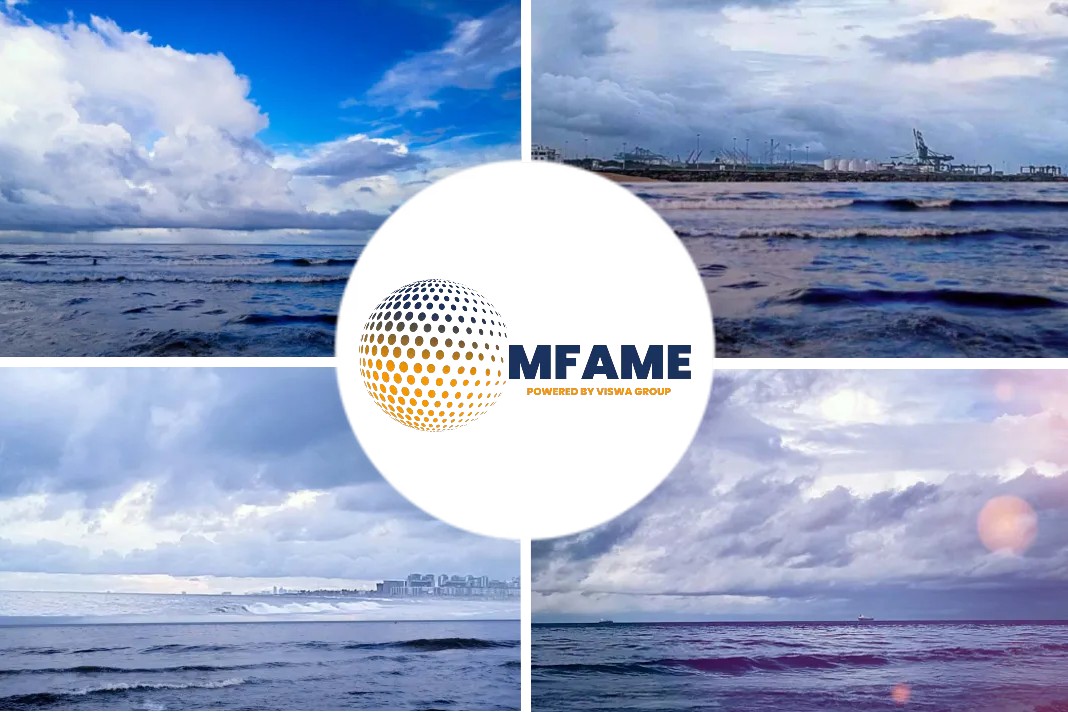- As the Ukrainian conflict intensifies, bunker prices are reflecting the escalation in oil prices.
- Marine gasoil breaching $1,000 per tonne in the major bunker hubs this week and owners with scrubber-equipped vessels seeing the widest spreads between HSFO and VLSFO since the implementation of IMO 2020.
A recent news article published in the Bunker Spot states that Global bunker fuel breaks record as fuel prices surge.
Crude Oil prices climb up
Crude oil prices climbed further this week, with Brent hitting over $119 a barrel on 3 March, a price not seen since May 2012, and West Texas Intermediate moving to $116.57 – the highest level for this benchmark since September 2008.
Bunker prices today (4 March) have lost a little of the heat seen on Wednesday and Thursday, but they remain at extremely high levels across global ports. Prices for marine gasoil are above $1,000 per metric tonne at Rotterdam, Singapore, Fujairah and Panama. This compares to prices ranging between $443 (Rotterdam) and $590 (Fujairah) posted on 4 March in 2020.
VLSFO prices double
VLSFO prices have doubled in some bunker hubs between March 2020 and March 2022. In Rotterdam today, this fuel grade is $790, versus $400 two years ago. In Singapore the two-year differential is currently $443, in Fujairah it is $465, and in Panama it is $392.
High sulphur fuel oil (HSFO) 380 cSt prices are high but operators of scrubber-equipped vessels are not feeling the same pain as VLSFO purchasers. In Rotterdam, usually the cheapest port for HSFO (which is largely sourced from Russia), the price of HSFO today stands at $600 per metric tonne, which, interestingly, is on a par with the price in Singapore. HSFO in Fujairah is $628 and in Panama it is $662.
Spread between HSFO and VLSFO
The all-important spread between HSFO and VLSFO has widened significantly, and in the bunker hubs referenced here ranges from $190 in Rotterdam to $281 in Singapore. These are differentials that had been (optimistically) mooted in the run-up to IMO 2020, before the sharp price dips seen in early 2020 with the advent of the pandemic.
How oil supply and demand will play out in the coming weeks and months is, of course, an unknown. As previously reported, earlier this week the 31 member countries of the Governing Board of the International Energy Agency (IEA) agreed to release 60 million barrels of oil from their emergency reserves to send ‘a unified and strong message’ to global oil markets that supplies will not by impacted by Russia’s invasion of Ukraine.
War in Ukraine
According to a research note published this week by Rystad Energy, war in Ukraine could result in as much as 1 million barrels per day of oil demand being removed from the global market. But there is also uncertainty over if and when restrictions will be applied in Europe to the imports of Russian oil (and gas).
However, with bunker prices hitting new peaks shippers will be bracing themselves for slew of bunker adjustment factor increases.
Did you subscribe to our daily Newsletter?
It’s Free! Click here to Subscribe
Source: Bunker Spot


























